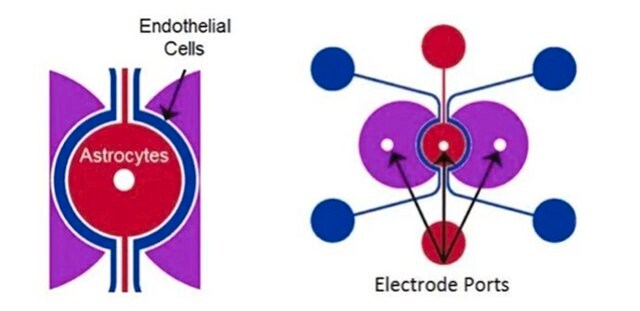G1402
Gold colloid
~0.01% HAuCl4, ~1 A520 units/mL, 3.0-5.5 nm mean particle size (monodisperse), 5 nm particle size
Synonyme(s) :
Colloidal gold
About This Item
Produits recommandés
Description
<0.01% tannic acid
<0.04% sodium citrate
Forme
dispersion
nanoparticles
Contient
0.02% sodium azide as preservative
Concentration
~0.01% HAuCl4
~1 A520 units/mL
Taille moyenne des particules
3.0-5.5 nm (monodisperse)
Taille des particules
5 nm
Température de stockage
2-8°C
Chaîne SMILES
[Au]
InChI
1S/Au
Clé InChI
PCHJSUWPFVWCPO-UHFFFAOYSA-N
Vous recherchez des produits similaires ? Visite Guide de comparaison des produits
Application
Adéquation
Forme physique
Code de la classe de stockage
12 - Non Combustible Liquids
Classe de danger pour l'eau (WGK)
nwg
Point d'éclair (°F)
Not applicable
Point d'éclair (°C)
Not applicable
Équipement de protection individuelle
Eyeshields, Gloves, multi-purpose combination respirator cartridge (US)
Faites votre choix parmi les versions les plus récentes :
Déjà en possession de ce produit ?
Retrouvez la documentation relative aux produits que vous avez récemment achetés dans la Bibliothèque de documents.
Notre équipe de scientifiques dispose d'une expérience dans tous les secteurs de la recherche, notamment en sciences de la vie, science des matériaux, synthèse chimique, chromatographie, analyse et dans de nombreux autres domaines..
Contacter notre Service technique




